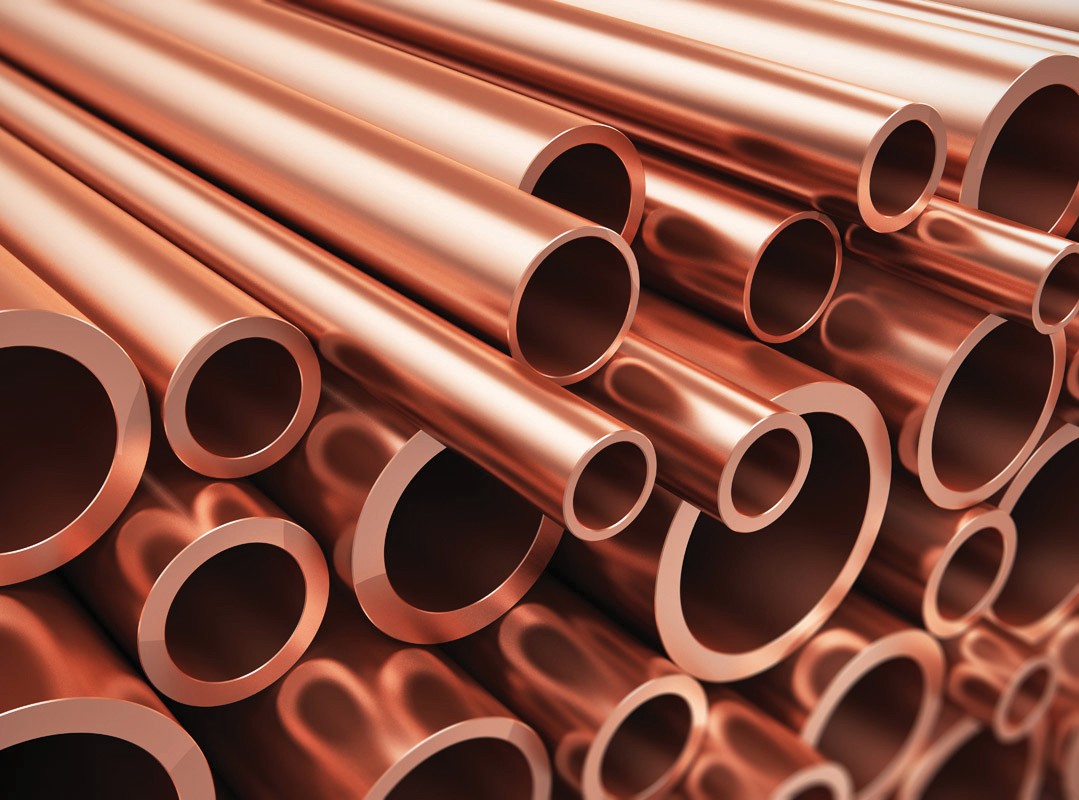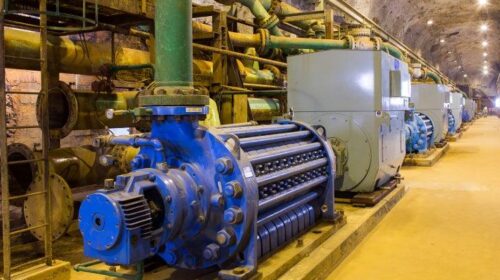A Steady growth forecast for global copper production.
Steady growth is forecast for global copper mine production over the next few years, as a number of new projects and expansions are expected to come on line.
According to Fitch Solutions, global copper production is forecast to increase by an average rate of 3.1% a year over 2020 to 2028, with total production rising from 21.6-million tonnes to 27.8-million
tonnes over the period.
The organisation states in a December 15 report focusing on the global copper mining outlook, that rising copper prices and demand will support new projects and expansions over the period to 2028.
The negative impact of a tariff dispute between the US and China kept a lid on prices in 2019, with copper trading between $2.51/lb and $2.73/lb, below the level that the industry requires to build new mines. However, as the US and China last month closed in on an interim trade deal that will steady the global economy, the red metal put in a bullish reversal and could be in for some gains.
Global copper production growth will exceed 4% a year in 2021, 2022 and 2023, with Peru and the Democratic Republic of Congo (DRC) registering particularly strong production growth.
Fitch Solutions expects Peru’s mine output growth to outpace that of Chile – the world’s largest producer. The organisation says that, despite anti-mining protests, multinationals will continue to invest in
Peru, owing to the country’s ample mineral reserves, subdued costs and favourable regulatory environment.
For example, Southern Copper has a strong project pipeline, including the $1.4-billion Tia Maria project, $2.5-billion Michiquillay project and the $2.8-billion Los Chancas project.
“We believe Chinese investment will play an increasingly important role in Peru’s copper sector. Miners are seeking to diversify their supply chain to compensate for Chinese domestic consumption being greater than their supply,” says Fitch Solutions.
Citing Peru’s Ministry of Energy and Mines, the organisation states the country will see a total of $10.2-billion invested in five mining projects over the next decade by Chinese firms.
Chinalco’s Toromocho mine began commercial production in 2015 and plans to invest about $1.3-billion to expand the project. MMG, which is 74%-owned by State-owned China Minmetals, acquired the
Las Bambas mine from Glencore in 2014 and holds a majority stake in the Galeno copper, gold and silver project. The Galeno project is a greenfield investment owned by China Minmetals and Jiangxi Copper, which are estimated to invest $3.5-billion in the operation.
Fitch Solutions revised down its 2020 copper mine production growth forecast for Peru from 5.0% to 1.0%, given the uncertain timeline of production ramping up at Chinalco’s Toromocho expansion project and Minsur’s Mina Justa.
For Chile, Fitch Solutions is forecasting modest production growth of 0.5% to 5.89-million tonnes, led by the ramp up of global miner BHP’s Spence Growth Option over the second half of the year, increasing
production at Lundin Mining’s Candelaria mine and a rebound in production from mines hampered by heavy rains in the beginning of 2019. These developments should outweigh the decline in production from Antofagasta’s Centinela operation, owing to a decline in ore-grades and a loss of production from Teck Resources’ Quebrada Blanca.
Fitch Solutions notes that downside risks to production will stem from declining ore grades across the country, unfavourable climate, protests that hamper supply chain operations and union strikes.
Common across ageing mining projects, declining ore grades could be mitigated by companies increasing productivity and integrating technology to maintain output levels.
In the DRC, copper producers are struggling with lower copper prices that are forcing mine closures. With Glencore announcing that it will take Mutanda mine off line, Fitch Solutions has revised down its
average forecast for 2020 of 8% a year to -15% a year. The country is forecast to produce 1.11-million tonnes a year in 2020.
Fitch Solutions states that copper production growth may have peaked in 2019.
“In the longer-term, we believe copper outlook in the country will recover, driven by a rise in copper prices and continued foreign investment, which will be lured by the country’s high-grade reserves.”





